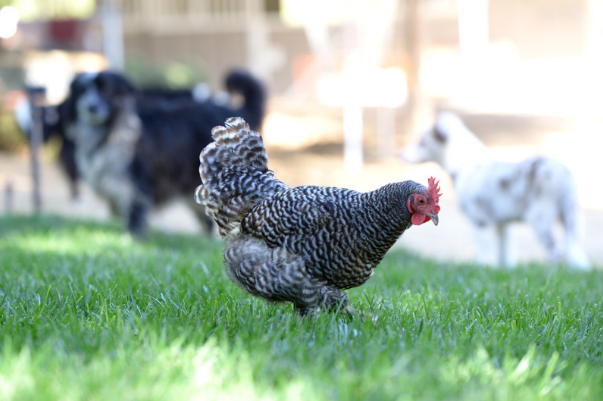Are you thinking a farming life is for you? There are around 2 million farms in America, and 98% are operated by families. If you’ve decided to take the plunge into the world of farming life – we get it. The fresh air, the satisfying dirt under your nails, and the endless possibilities of growing your bounty – it all sounds great!
Before you start scattering seeds, however, there’s a crucial step you can’t afford to overlook: planning your farm layout.
4 Farming Life Tips for Success

Luckily, you don’t need a master’s degree a farming life; you just need some good old common sense mixed with a dash of strategic thinking and this article.
Understanding the levels of permanence on your property
Some things, like the direction of the prevailing winds, are as set in stone as your grandma’s secret apple pie recipe. You can’t just dial up Mother Nature and ask her to switch things around. On the flip side, you have a bit more wiggle room when it comes to a field’s current vegetation or the soil’s composition. Understanding this will help you in your farming life goals.
When you understand a bit more about your land, you lay the groundwork for your agrarian dreams of living a farming life without stumbling into pitfalls that could haunt you every harvest season.
Sketching out the blueprint of your agricultural farming life
Start by highlighting the lines that nature and previous decisions have already etched onto your canvas. We’re talking about fence lines, the meandering paths of municipal roads, the edges of existing buildings, and those well-trodden laneways that have seen their fair share of footprints (and hoofprints). These are the anchors of your farm and the farming life you seek, and building out from these features is like following a map that leads to efficiency.
Why does this matter for a successful farming life? Your well-thought-out farm layout ensures that roads are strategically placed, making things like snow removal, for example, a breeze. It’s not just about snow; it’s about working with the land’s natural lines. Your farm is a living, breathing entity with hillside slopes, wetlands, drylands, woodlands, and maybe even a gravel pit or two. Ignoring these natural nuances is like trying to fit a square peg into a round hole – it just won’t work for your dream of a farming life. Instead, embrace the lay of the land.
Consider how your hillside slopes might impact water drainage, think about how wetlands and drylands can influence planting choices, and be mindful of the edges where woodlands meet fields. And let’s not forget the rocky terrain that could wreak havoc on your tractor implements if not accounted for. All of this is part of farming life and must be considered.
Important note: One key player that can make or break your farming symphony is agricultural pole barns. These aren’t just your run-of-the-mill structures; they provide shelter for your equipment and more and are very easy to install. Your pole barn construction is a must for providing safety for your equipment or livestock and is important for anyone to consider when wanting to live the farming life.
Your access to water
Whether nurturing crops or tending to a herd of livestock, the liquid elixir plays a starring role in your agricultural production. Assuming you’ve got access to a source that boasts both quantity and quality (because, let’s face it, thirsty crops and animals aren’t too forgiving), the next step is figuring out how to get that precious H2O where it needs to go.
For some, it might be as straightforward as a trusty spigot and a garden hose – simple and effective. But for the ambitious among us, it’s time to think beyond the basics. We’re talking about pipes, pumps, tanks, electrical wiring, switches, timers, filters, injectors, and solar panels.
Water isn’t just for the crops and critters; your farm layout should consider how it will flow into other areas of your agricultural kingdom. Think equipment cleaning, worker hygiene, and crop protection sprays – water is a versatile player in the farm opera. Some farms might tap into multiple independent water sources, so as you map out your farm layout, carefully considering water’s flow and usage can be the difference between a farm that thrives and one that’s left high and dry.
Digging into plant production
Location, location, location. If your agricultural masterpiece involves plant production, you’ve got to be strategic. Access to water and full sun is as non-negotiable as good weed control.
If you’re going for the in-ground approach, soil quality takes center stage. Good soil is the foundation upon which your plant production dreams can flourish, so test the soil on your property and plan to plant in the winning plot.
Need some more property design tips?
Dig This Design covers all things design for homes, businesses, and yes, farms. We are your go-to resource for the latest ideas and inspirations, so add us to your bookmark list and check in regularly to see what new topics can help improve your space!
Other posts you might enjoy:
Urban Farm Success – 4 Dynamic Strategies for Maximum Efficiency
Green Home Farming Tips: Solar-Powered Home Farms, Sustainable Netting, and More





